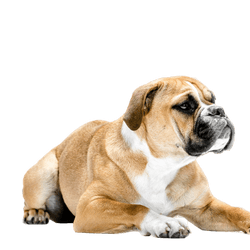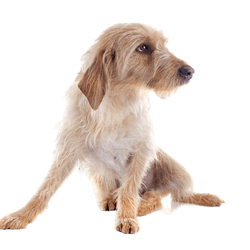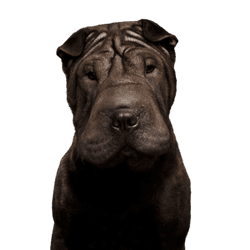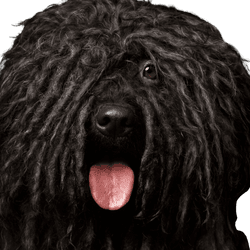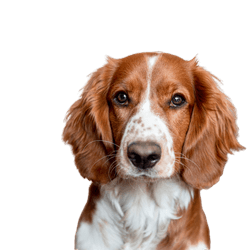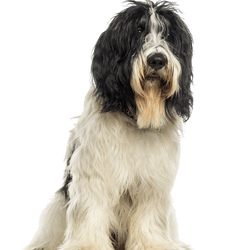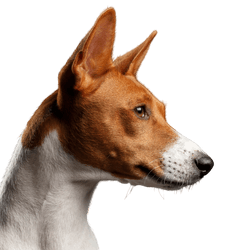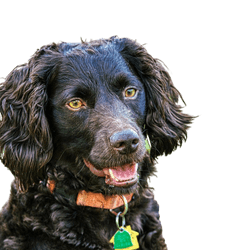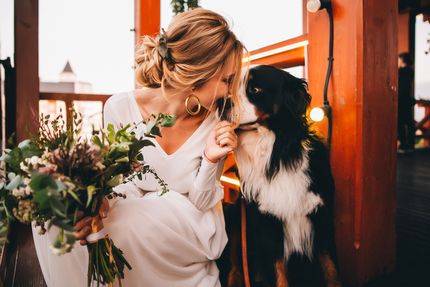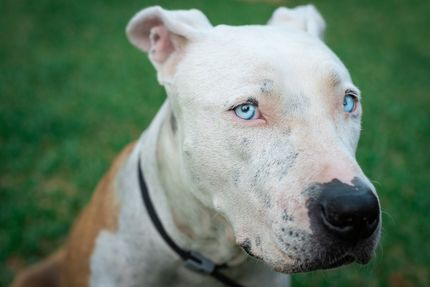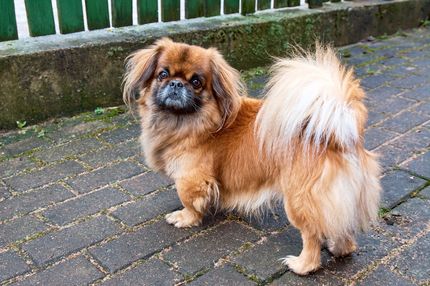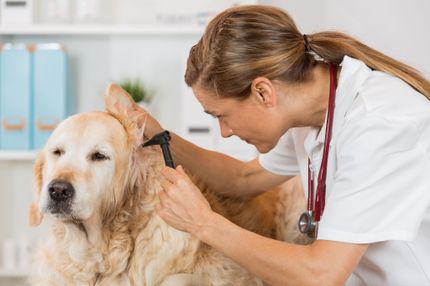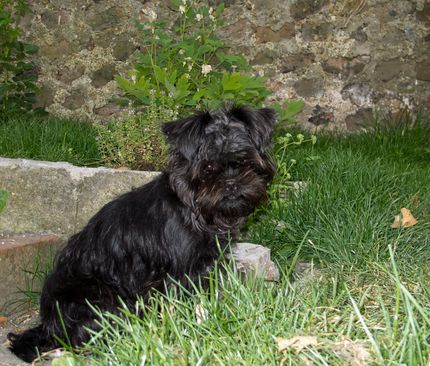Facts & Origin
Origin and history of the Norwegian Elkhound Black
The Norwegian Elkhound Black is one of two color varieties of this ancient Scandinavian dog. It originates, as the name suggests, from Norway and is one of the oldest dog breeds in Northern Europe. Archaeological findings suggest that this breed existed over 4,000 years ago.
Originally, this robust and hardy dog was used for elk hunting. It was trained not only to track, but also to keep moose at bay until the hunters arrived by barking and distracting the moose.
Suitability of the Norwegian Elkhound Black
Due to its history and breeding, the Norwegian Elkhound Black is still very willing to work and has a strong hunting instinct. Its loud bark and ability to interact with larger game animals like moose make it a specialized hunting dog in Scandinavian countries.
Family life
Despite his hunting abilities, the Norwegian Elkhound Black is also very popular as a family dog. He is loyal, affectionate, and a good match for families with children. However, he needs consistent training and plenty of activity to channel his energy wisely.
Sports and activity
His high energy and intelligence make him an excellent candidate for various dog sports such as agility or obedience. Long walks, games and training sessions are highly recommended to keep this active dog happy.
Conclusion
The Norwegian Elkhound Black is a historic and versatile dog that excels both as a working dog and as a family member. With proper management and employment, he will become a loyal and loving companion.



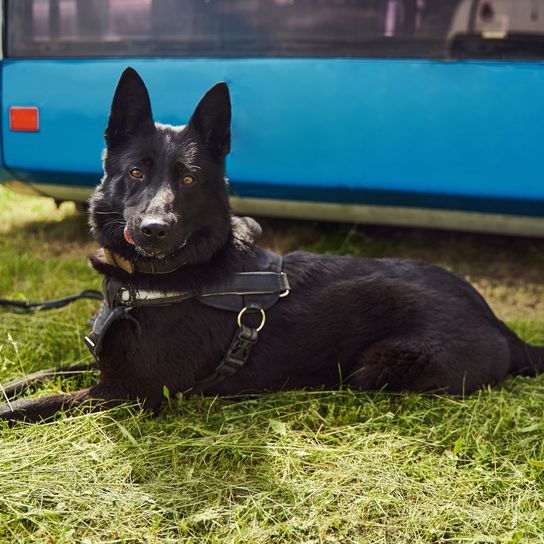
| Alternate Name | sort Dyrehund, Norsk Elghund Sort |
| Origin | Norway |
| Life expectancy | 12 - 15 years |
| Care requirements | low-maintenance |
| Activity level | average to high |
| FCI group | Nordic Hunting Dogs |
| AKC group | not recognised |
| KC group | not recognised |
Attitude, character and temperament of the breed
General character
The Norwegian Elkhound Black is often described as lively and energetic. Its centuries of breeding as a hunting dog have given it a keen hunting instinct and high intelligence. This breed is known for its loyalty and strong bond with its family.
Interaction and social behavior
When interacting with people, he is usually shown to be friendly and outgoing, but can be reserved with strangers at first. A well-socialized Norwegian Elkhound Black will usually get along well with other dogs and pets, although his hunting instincts should always be kept in mind.
Learning ability and training
Thanks to its intelligence, the Norwegian Elkhound Black is eager to learn and can pick up new commands quite quickly. However, his independent nature can occasionally cause him to appear stubborn. Consistent and positive training that takes into account his intelligence and energy is crucial.
Activity Level
This is an active dog that requires daily physical and mental challenges. Without adequate activity, he may become bored and develop undesirable behaviors.
Conclusion
The Norwegian Elkhound Black is a loyal and intelligent companion that can excel as a working dog as well as a family member. With proper management, socialization and employment, he will become a loving and reliable partner. It is important to always keep his hunting instinct and energy in mind and channel them accordingly.
Character
Usage
Care, health and breeding of the Norwegian Elkhound Black.
The dense double coat of the Norwegian Elkhound Black requires regular grooming, especially during the shedding phases.
- Weekly brushing: this helps to remove dead hair and prevent skin problems.
- Bathing: It is recommended only when necessary so as not to strip the skin's natural oils.
Health
The breed is generally considered to be hardy and durable, but like all dog breeds, the Norwegian Elkhound Black can be subject to certain health problems:
- Hip Dysplasia: A genetically caused hip joint problem.
- Eye problems: These include progressive retinal atrophy and cataracts.
- Weight management: the Elkhound tends to gain weight if it is not exercised regularly or if its diet is not monitored.
It is recommended that regular veterinary examinations and annual check-ups be performed to ensure the health of the animal.
Breeding
When breeding the Norwegian Elkhound Black, special attention should be paid to health examinations and genetic testing to minimize the occurrence of hereditary diseases. Selection of healthy parents and adherence to breeding standards are essential. It is recommended to work only with responsible breeders who focus on the protection and improvement of the breed.
Conclusion
The care and health care of the Norwegian Elkhound Black requires commitment and attention. However, with careful care and responsible breeding, this remarkable dog can live a long and healthy life.

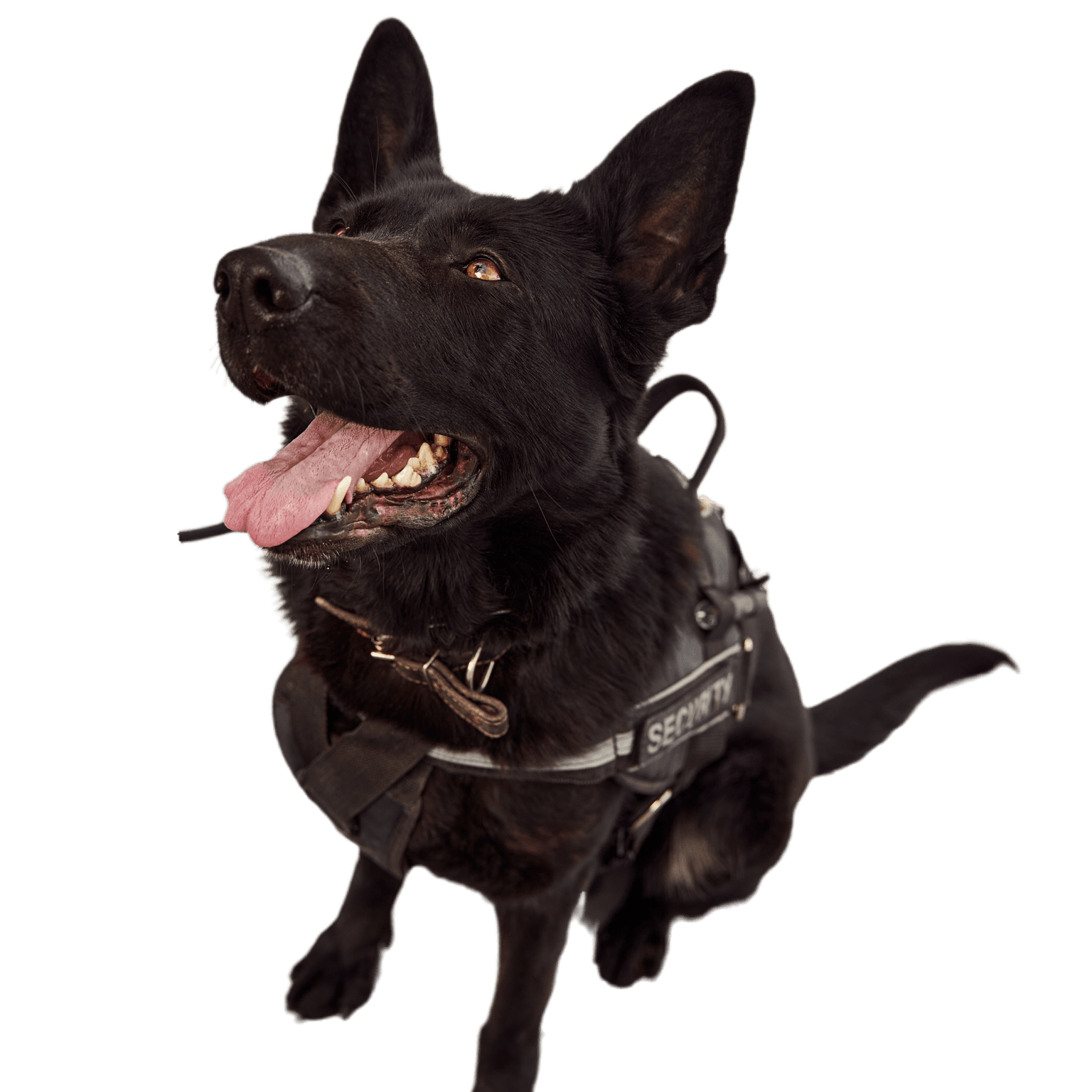
Coat, appearance, size and weight of the Norwegian Elkhound Black.
The dense double coat of the Norwegian Elkhound Black protects it from the extreme weather conditions of its homeland. The dense undercoat keeps the dog warm, while the coarse topcoat protects it from moisture.
- Color: As the name suggests, the coat is predominantly black, although white markings may appear on the chest, paws, face and tip of the tail.
- Grooming: Regular brushing, especially during coat changes, is essential to prevent matting and keep the skin healthy.
Appearance
This Spitz-type dog is characterized by its erect ears, bushy tail carried over its back, and expressive eyes. The strong, compact stature gives the impression of strength and endurance.
Size and Weight
The Norwegian Elkhound Black shows in a medium to large size:
Height:
- Males: 46-52 cm
- Bitches: 44-50 cm
Weight:
- Males: 20-25 kg
- bitches: 18-23 kg
Conclusion
The Norwegian Elkhound Black convinces with its striking appearance and the characteristic black and white coat. Despite its robust appearance, the coat requires regular grooming. With its medium to large size and strong build, it is both a reliable working dog and a loyal family companion.
Known Diseases
Hip dysplasia (HD)
Hip dysplasia (HD) is a genetic condition in dogs where the hip joint is not shaped properly. This leads to pain, stiffness and restricted movement.



